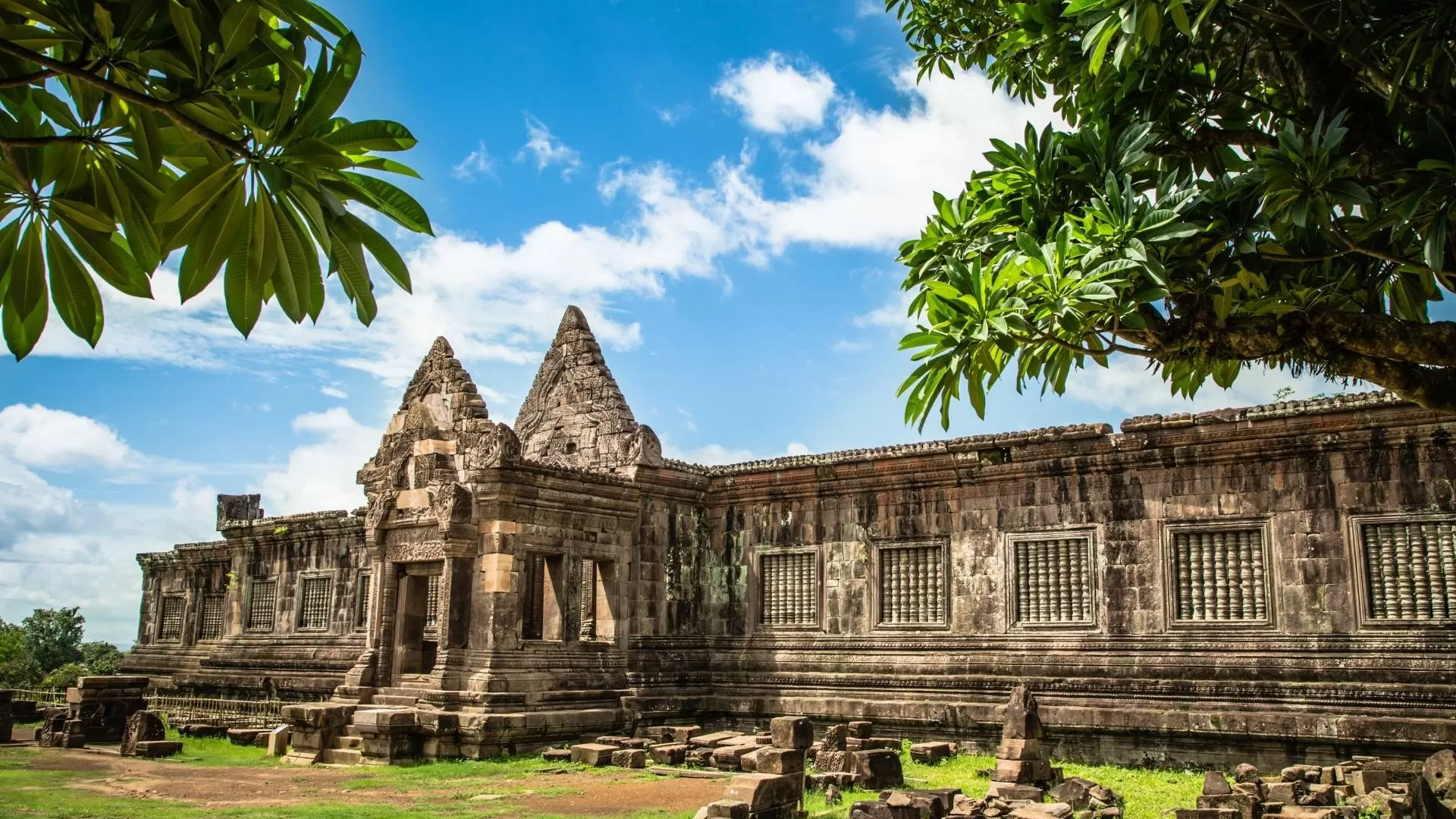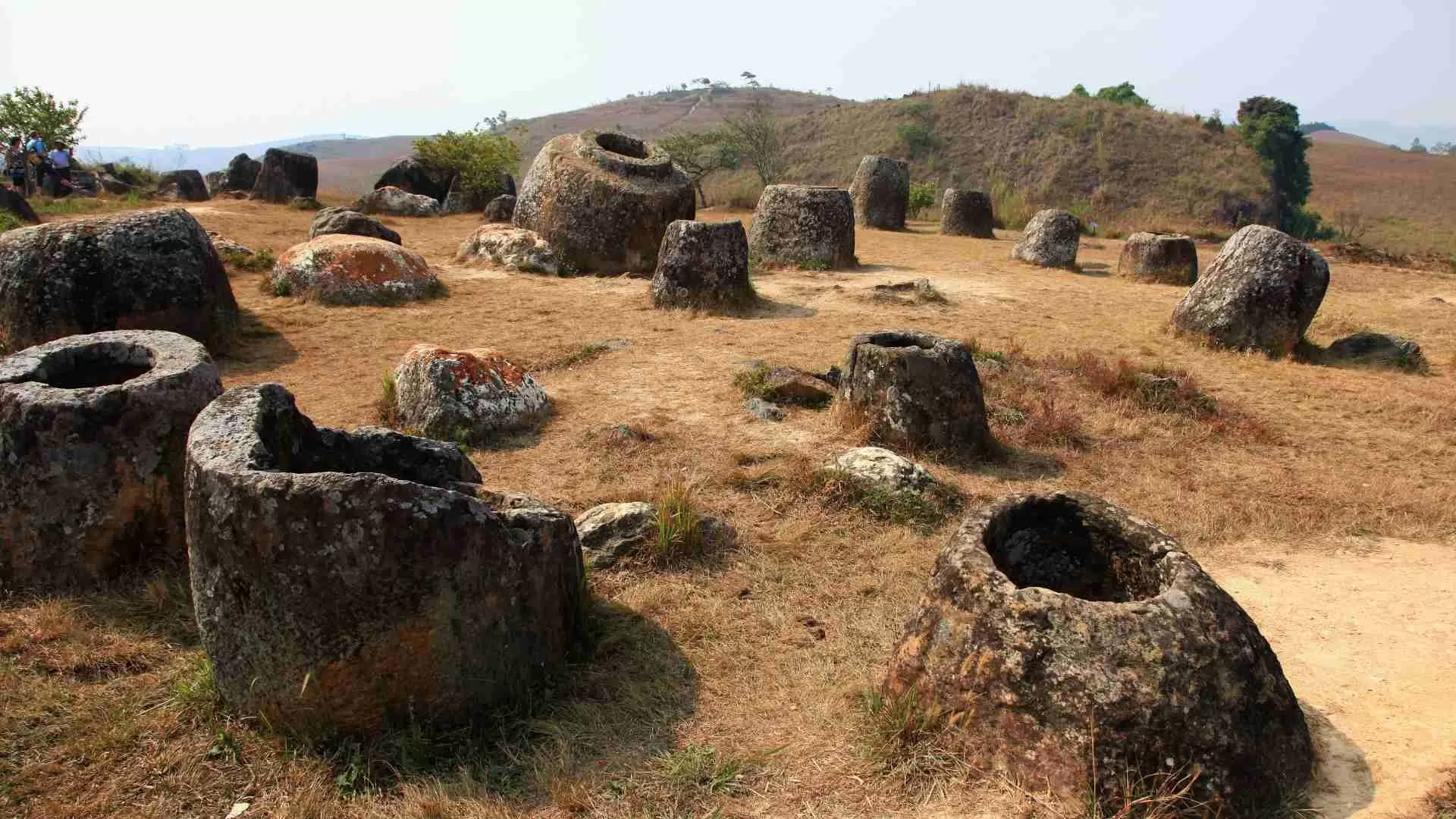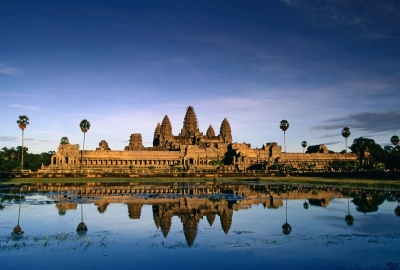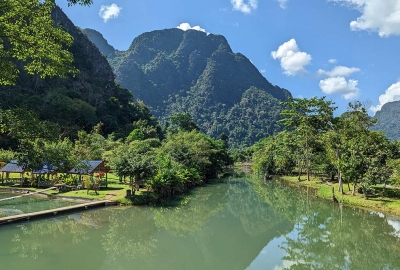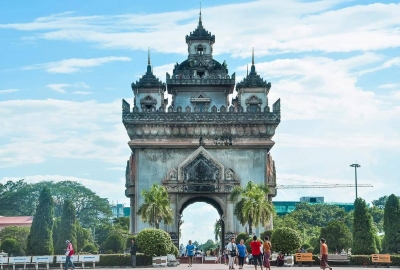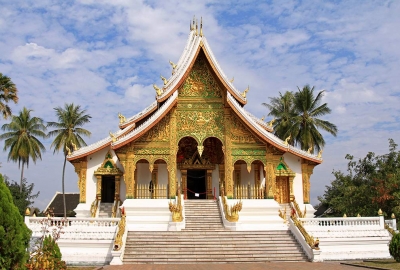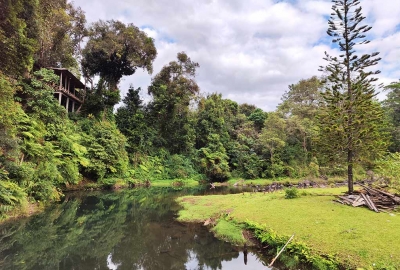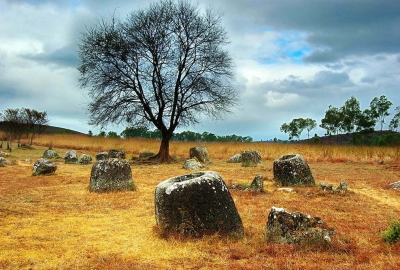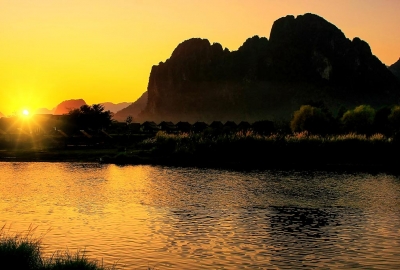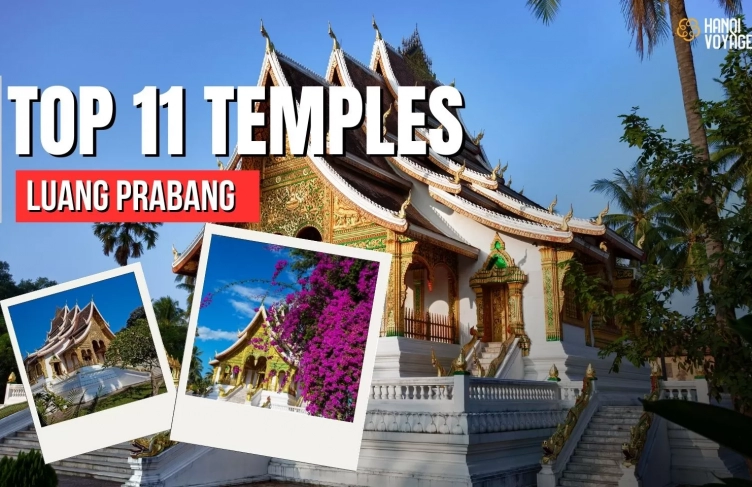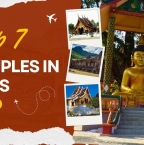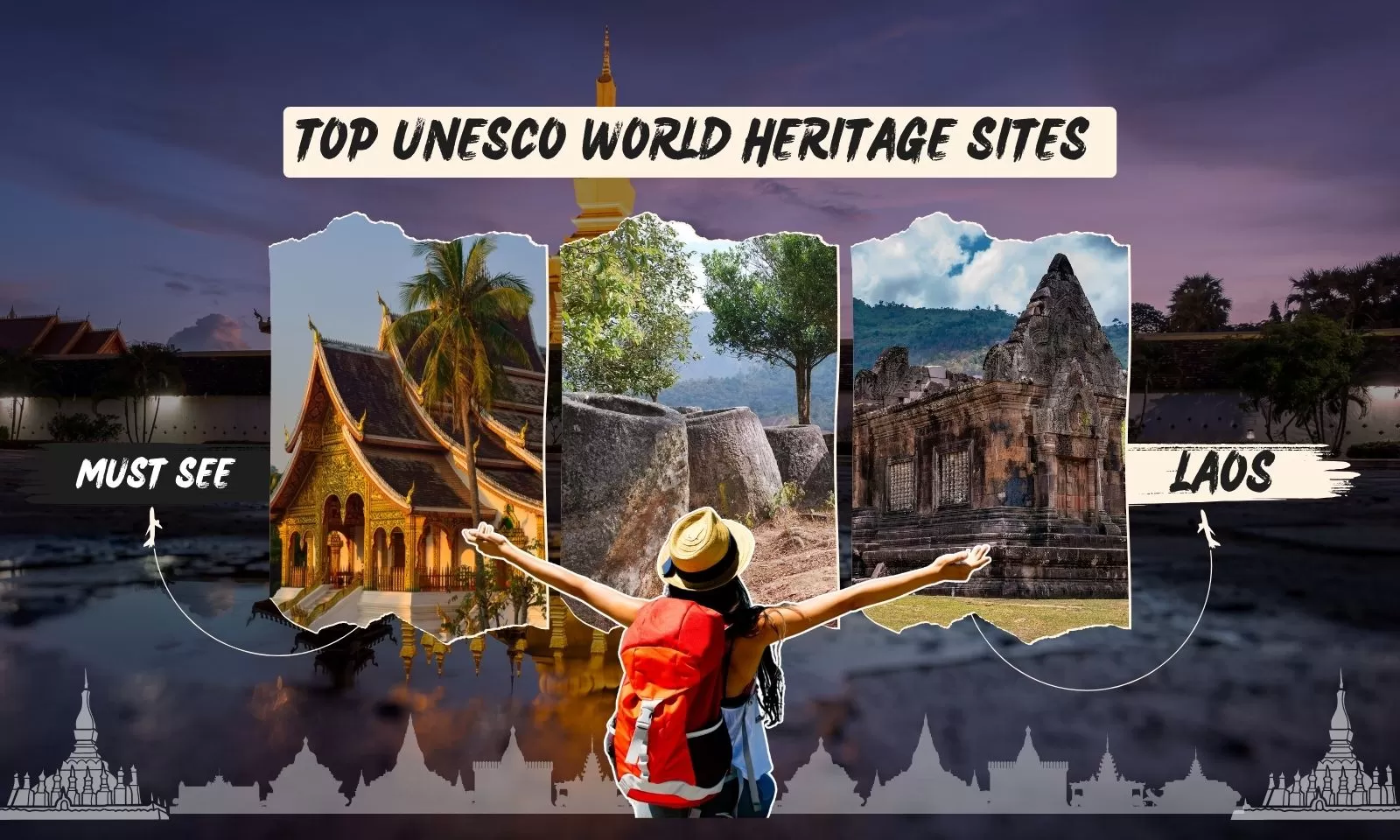
Top UNESCO World Heritage sites in Laos
Discover top UNESCO World Heritage sites in Laos such as Luang Prabang, Vat Phou and the Plain of Jars. These places highlight the country’s heritage and offer travelers a chance to learn, explore and enjoy local traditions across different parts of Laos.

Laos, a Southeast Asian country with a rich and complex history, is renowned for its diverse cultural heritage. The UNESCO World Heritage sites in Laos offer an incredible opportunity to explore well-preserved landmarks that highlight the country’s historical significance, unique traditions and the stories that shaped its past. These remarkable sites serve as a true reflection of Laos’ enduring cultural identity, offering travelers an unforgettable journey through its deep-rooted history and timeless beauty.
Plan your trip with Hanoi Voyages and start your adventure today!
Table of Contents
Must-see official UNESCO World Heritage sites in Laos
Laos currently has three officially recognized entries on the UNESCO list. These remarkable places are not only significant on a global scale but also closely tied to the country’s identity.
The town of Luang Prabang
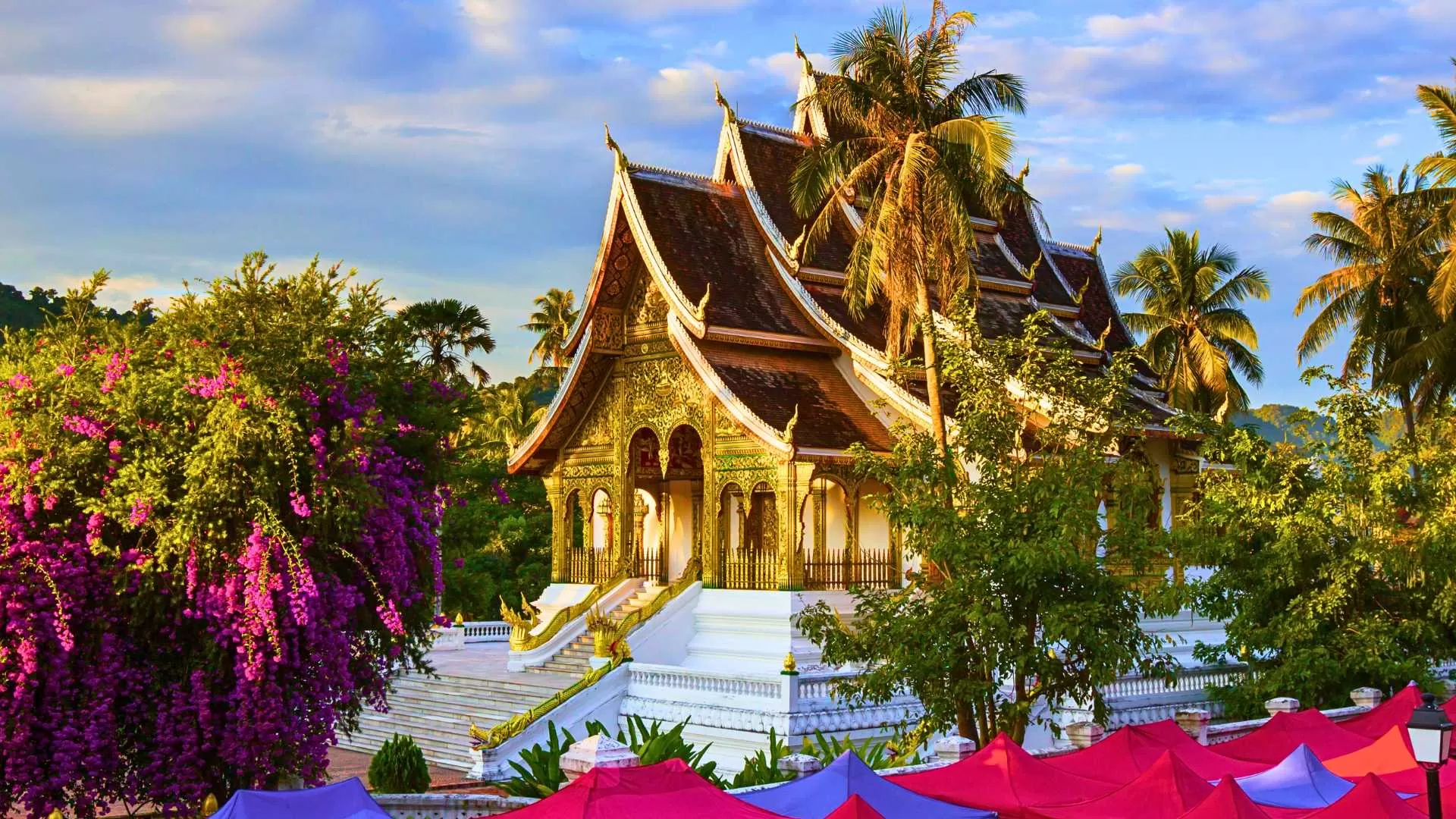 |
|
Luang Prabang is one of the most well-preserved towns in Southeast Asia. Its mix of wooden houses, colonial villas and Buddhist temples gives it a distinct layout. The town sits between two rivers and is surrounded by mountains, offering a peaceful setting.
Daily life in Luang Prabang continues much as it has for generations. Monks collect alms every morning, local markets operate at sunrise and traditional crafts are still made by hand. Luang Prabang regularly appears in major Laos travel guide publications and remains a key stop for first-time visitors to the country.
Vat Phou and associated ancient settlements
|
|
Vat Phou is a lesser-known but highly significant site. This temple complex was originally Hindu, later adapted for Buddhist worship. Its design follows a strict axis that connects the Mekong River to the mountain behind the main sanctuary.
In addition to the temple structures, ruins of ancient settlements and water systems have been uncovered nearby. Visitors often describe the peaceful setting and the surrounding nature as part of the site’s appeal, although it is the historical depth that gives Vat Phou its importance among the UNESCO World Heritage sites in Laos.
The Plain of Jars – The mysterious relic
|
|
The Plain of Jars is unlike any other place in the country. Thousands of giant stone jars are scattered across grassy plateaus, some reaching up to three meters in height. Their exact purpose is still unknown, though archaeological findings suggest they were used for funerary practices.
Three sites have been cleared of unexploded ordnance and are now open to visitors. Site 1 is the most developed, with marked trails and interpretive signs. This area draws researchers and travelers alike and it is often included in discussions of famous Laos UNESCO sites due to its scale and mystery.
Notable sites in Laos on the UNESCO tentative list
In addition to the official listings, Laos has submitted several locations for UNESCO’s tentative list. These places are under evaluation but still reflect important aspects of the country’s past and identity.
Pha That Luang
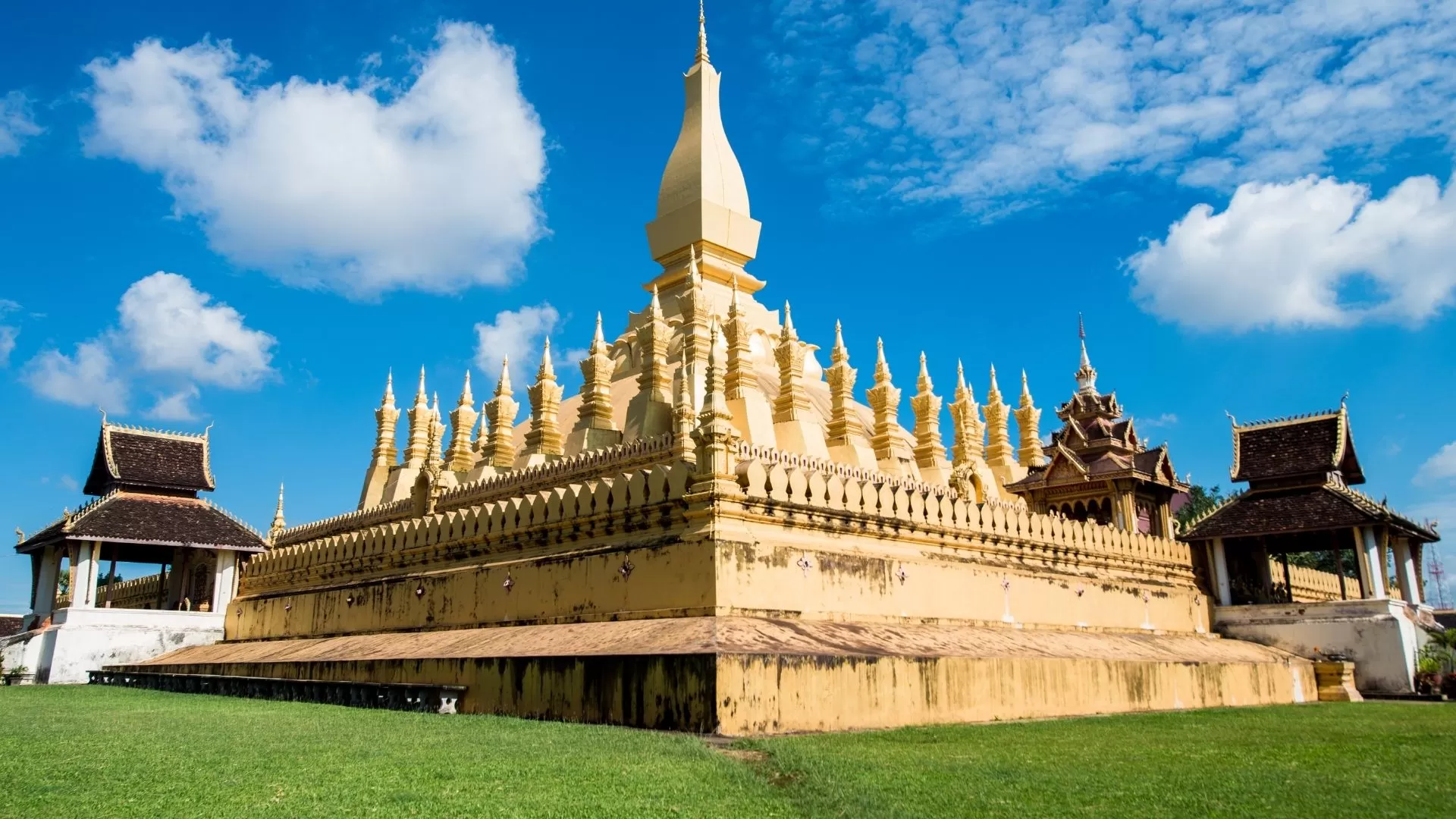
Pha That Luang is considered one of the most important religious monuments in Laos. Located in the capital city of Vientiane, this golden stupa was initially constructed in the 3rd century, though the current structure was restored in the 16th century and again in the 20th century.
The stupa stands as a national symbol and hosts major religious festivals every year. Though not yet recognized officially by UNESCO, its architectural design, historical significance and symbolic role in Lao identity make it a strong candidate for future inclusion.
Hin Nam No National Protected Area
Hin Nam No is located in Khammouane Province, adjacent to Phong Nha-Ke Bang National Park in Vietnam. This protected area features karst landscapes, caves and underground river systems. It's also home to rich biodiversity, including rare bird and mammal species. Hin Nam No is occasionally mentioned when discussing Laos cultural heritage, thanks to its ecological importance and traditional links to local communities.
If added to the official list, Hin Nam No would be one of the few transboundary heritage sites in Southeast Asia.
👉 Explore all Laos’ UNESCO World Heritage sites with our tours:
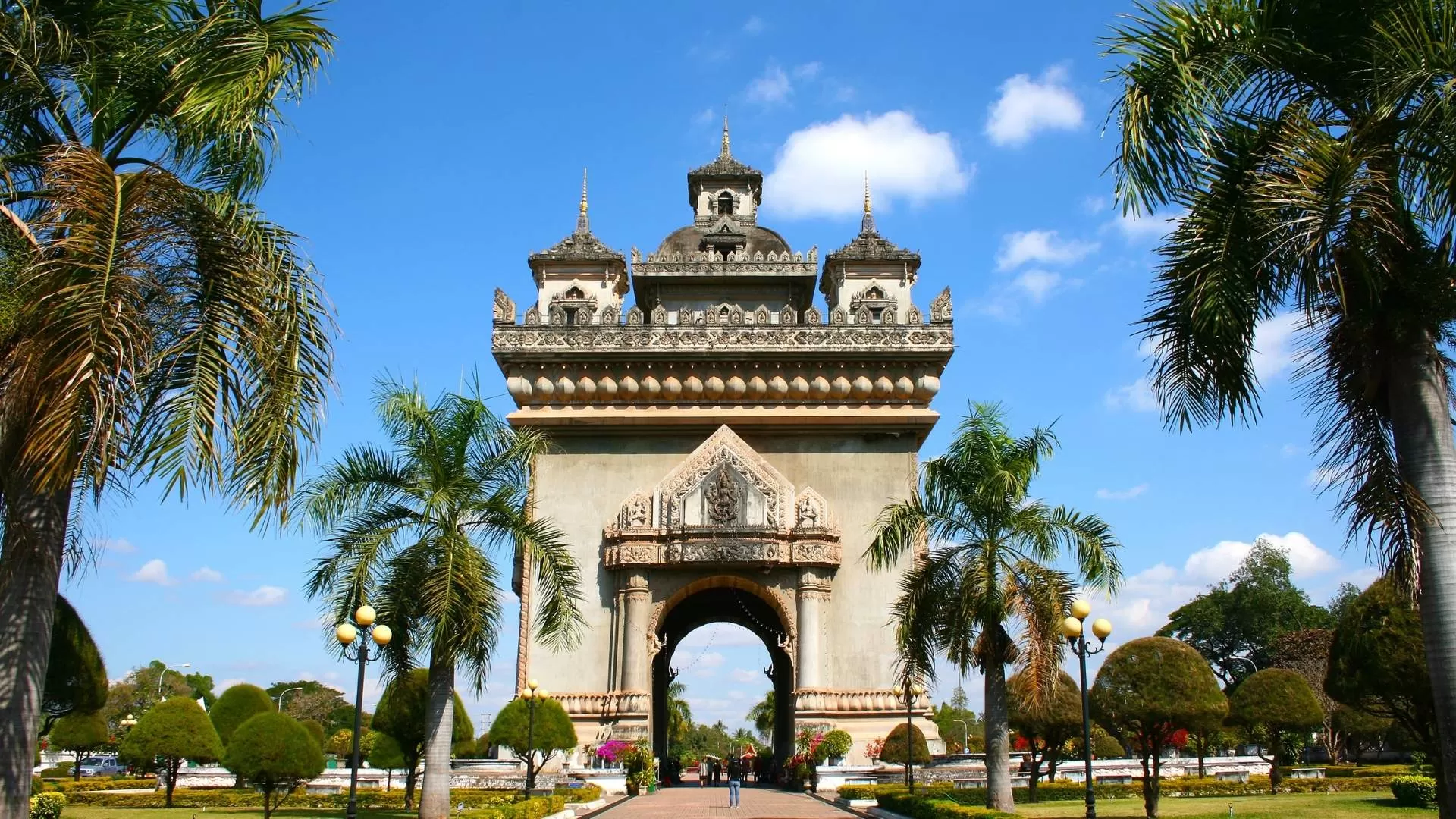 |  | 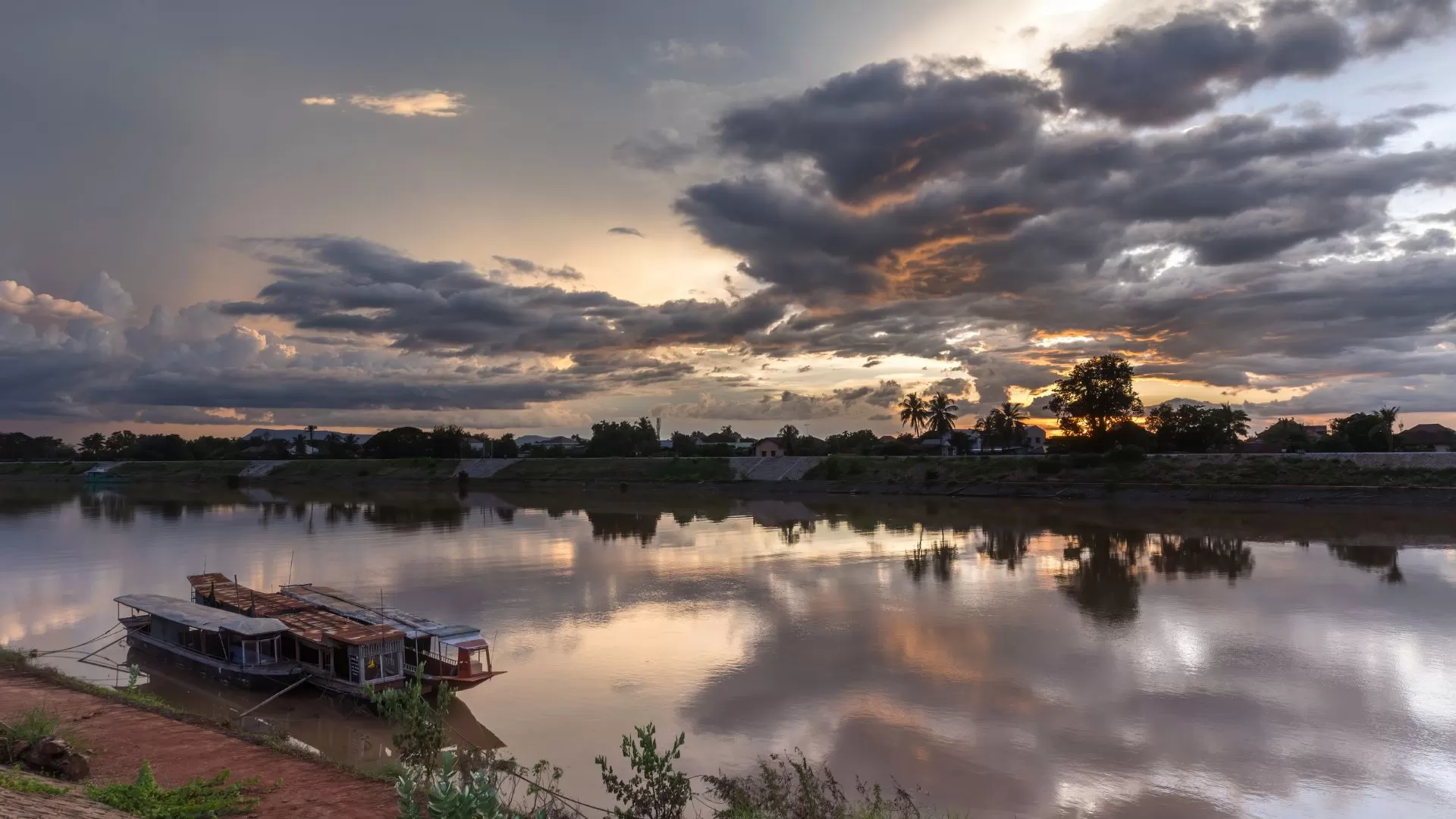 |
Discover northern Laos, its charm and its nature. Its ethnic groups and authentic markets will leave you speechless | A concentration of must-see sites, magical landscapes and traditions that will surely transport you! | From the Mekong in Northern Laos to the Angkor temples in Cambodia |
Some tips when visiting Laos’ UNESCO Heritage Sites
A bit of preparation can help you have a better experience at the UNESCO World Heritage sites in Laos. Here are some simple tips to keep in mind during your trip.
Best time to visit
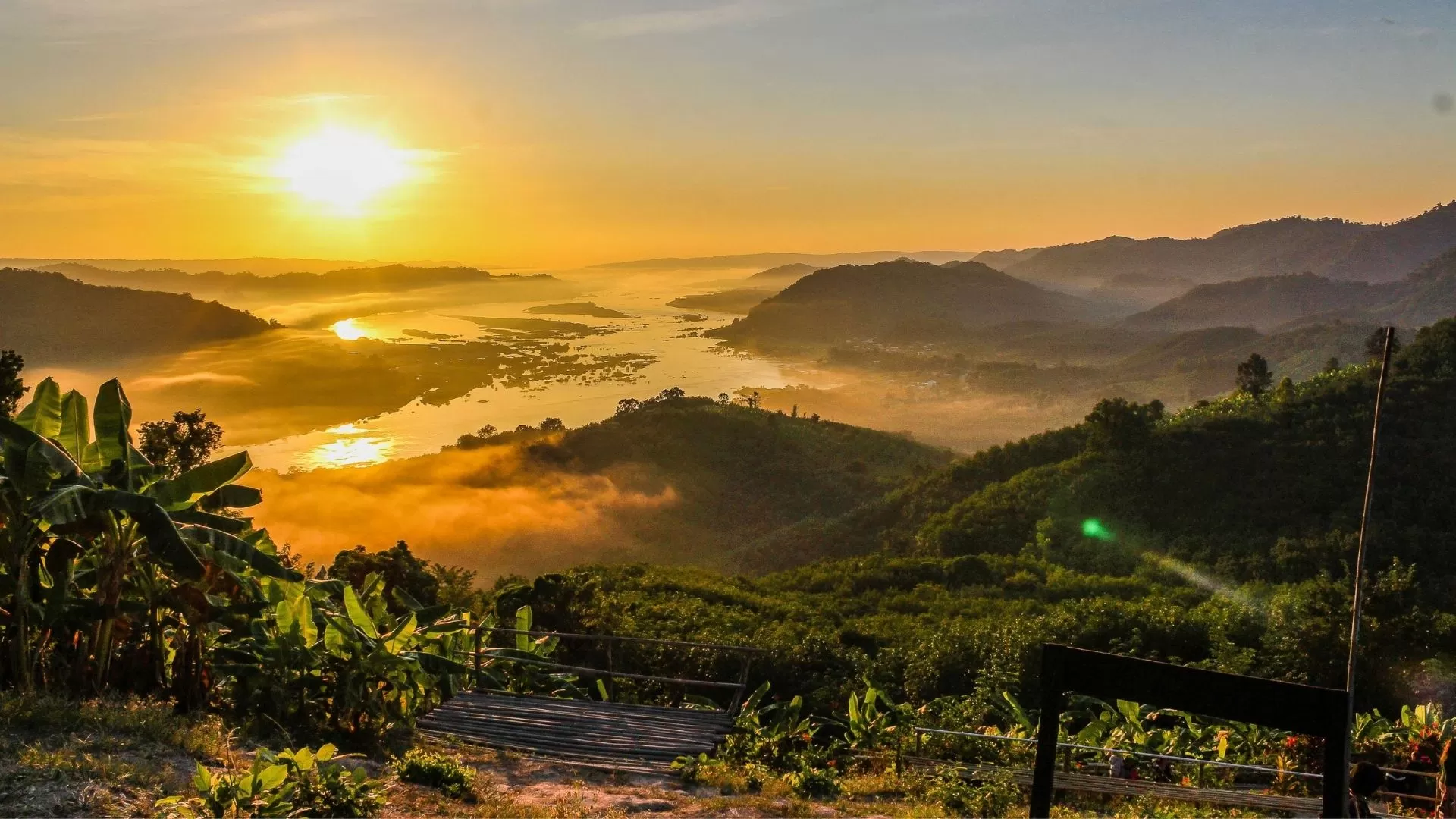
The ideal time to explore these sites is during the dry season, which usually lasts from November to March. During this period, the weather is more comfortable for walking, sightseeing and transportation between locations. Rain is minimal and the temperatures are generally cooler, especially in the northern regions like Luang Prabang and the Plain of Jars. If you visit in the wet season (May to October), road conditions might be challenging, especially in rural areas.
Dress respectfully
Many of the sites include temples or areas of spiritual importance. Wearing modest clothing - covering shoulders and knees is expected. Comfortable shoes are also recommended, especially at larger sites like the Plain of Jars.
Travel with a local guide
Hiring a local guide can provide more context and background, especially at places with limited signage. Guides are often knowledgeable about the historical sites in Laos and can explain stories that aren’t always written in guidebooks.
Be mindful of site regulations
Do not climb on structures or touch fragile carvings. Respect the boundaries marked for visitors. These guidelines are in place to protect the sites for future generations.
Check access and safety updates
Some areas, especially those around the Plain of Jars, have been cleared of unexploded ordnance, but it is important to stick to marked paths. Always check current travel advice or updates before heading to less-developed areas.
Exploring the UNESCO World Heritage sites in Laos offers a deeper understanding of the country’s identity and long-standing traditions. Each location tells a different story through its structures, surroundings and significance. These sites are not just destinations - they are essential parts of what makes Laos unique.
Start planning your trip today and see what makes these places worth the recognition.
Dream about your trip to Asia, in private
We are here to make it happen with youFREE QUOTE, WITHOUT OBLIGATION

